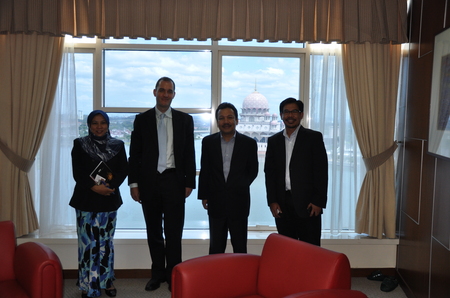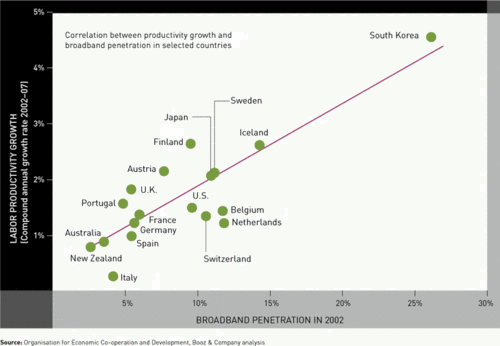Will self-sustaining military robots feed on corpses?
There’s always a story behind the story.
The Economist magazine this week points to an online story with the headline: Vegetarian robots: Munching machines – Robots that forage for fuel and run on steam power.
I was most interested in the description given of robots that sustained themselves by searching for fuel, but I also wondered why it specified ‘vegetarian’ robots. So I searched for EATR (the acronym for the robots) and found a great story about how the original story was that the robots could eat biomass, including dead human bodies. This video tells the story.
In short, Fox News released a story with the headline: Upcoming Military Robot Could Feed on Dead Bodies.




